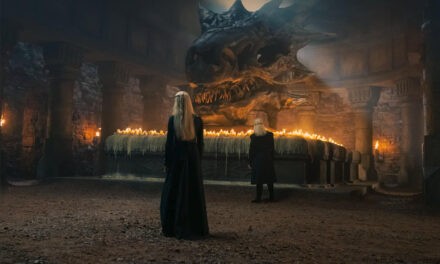Call for Papers – Special Issue of Science Fiction Film and Television
Guest Editors: Lorrie Palmer and Lisa Purse
“When the Astronaut is a Woman: Beyond the Frontier in Film and Television”
With the release of Hidden Figures (Melfi, 2016), public perception of the iconic era of the space race was reconfigured. The central image of the white male astronaut was replaced by one in which women of color dominated mathematics, science, and technology, thereby prompting a new cultural conversation. Indeed, this narrative of science fact signals another significant re-embodiment in our science fictions: the female astronaut.
Spaceflight and the astronauts who embark on mythic journeys of exploration have long been in the shadow of the macho military test pilots of the Mercury, Gemini, and Apollo missions. These men evoke nostalgia through their Right Stuff swagger, their personae as space race Cold Warriors, and as a collective Kennedy-esque metaphor for the American frontier. In the postwar decades of space travel, “the body of the astronaut [was] increasingly used as a projection screen for anxieties concerning the stability of gender categories” (Brandt 2006), so it is significant that recent iterations are moving beyond the traditional white male astronaut. We see this in the diversification of representations of space travelers in television and fiction film, particularly along the lines of gender, race and sexuality, as corporations race to Mars with crowd-sourced crews, and entertainment media revise cultural narratives about space exploration.
This special issue of Science Fiction Film and Television, therefore, seeks to integrate this contemporary moment of challenge to the hegemonic imagery of space travel by examining the genre’s aesthetic and representational characteristics and their relation to wider cultural discourses around gender, race, technology and ecology, and to theoretical debates about the body, technoscience and the post-human.
Along these lines, contributors may wish to re-evaluate depictions of female astronauts in films like Contact (1997), Solaris (2002), Event Horizon (1997), or Supernova (2000), or to map more contemporary representational trends in films such as Interstellar (2014), The Martian (2015), the Star Wars or Star Trek reboots, or Ripley’s legacy in the recent installments of the Aliens franchise. Television series like Dark Matter (2015-), Ascension (2014), The Expanse (2015-), or the new Star Trek: Discovery (2017-) would be of particular interest to this special issue. At the heart of these texts are female astronaut-protagonists who must negotiate their relationship to the legacy of existing depictions of space exploration, while also speaking to their contemporary context. Ultimately then, we ask how the reconfiguration of space race history—now made visible in Hidden Figures—broadens the frontier of science fiction scholarship.
Please send proposals by 30 September 2017 to Lorrie Palmer, lpalmer@towson.edu and to Lisa Purse, l.v.purse@reading.ac.uk with an author’s bio and a short (5-7 entries) bibliography.





